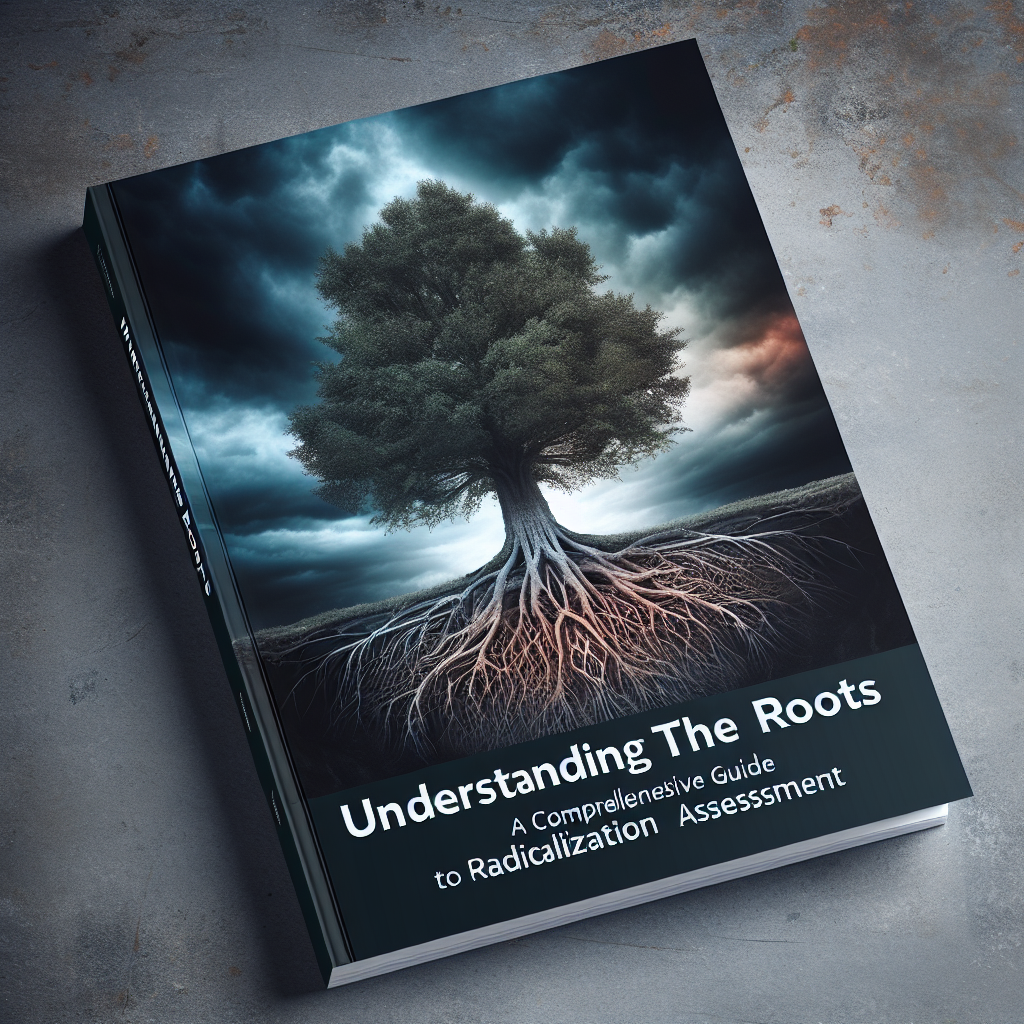
Introduction
In a world increasingly marked by division, violence, and extremism, understanding the factors that lead individuals to radicalization has never been more relevant. The implications of radicalization extend beyond individual lives, affecting communities, nations, and global stability. This guide is designed to delve deep into the roots of radicalization, offering a comprehensive assessment framework that can help mitigate risks and foster resilience. Understanding the Roots: A Comprehensive Guide to Radicalization Assessment is not just an academic exercise; it is an essential tool for policymakers, educators, and community leaders alike.
The Importance of Radicalization Assessment
Radicalization is often misunderstood. While many assume it is purely a psychological phenomenon, research indicates it encompasses a myriad of social, political, and economic factors. To combat radicalization effectively, it’s crucial to grasp its complexity comprehensively. This guide will examine various dimensions of radicalization and provide actionable insights.
Understanding the Roots of Radicalization
Definition and Context
Radicalization refers to the process by which individuals come to adopt extremist beliefs, often leading to violent actions or support for violence. Understanding this process demands a multidisciplinary approach. Factors such as ideology, social environment, identity issues, and even personal experiences play critical roles.
Key Dimensions Influencing Radicalization
-
Ideological Influences
Ideology serves as a powerful motivator for radicalization, providing individuals with a framework to justify extreme actions. Understanding these ideological roots is essential in assessing the risk of radicalization. -
Social Dynamics
Social networks significantly influence radicalization. Peer pressure, family ties, and community grievances can all push individuals toward extremist ideologies. -
Economic Factors
Unemployment, poverty, and lack of opportunities can contribute to feelings of disenfranchisement and target vulnerability. A comprehensive assessment must include economic context. - Psychological Aspects
Psychological vulnerabilities, such as trauma, social isolation, and identity crises, can make individuals more susceptible to radicalization.
Case Study: The Radicalization of Young Adults in Europe
A significant case study to consider is the rise of radicalization among young adults in Europe in the early 2000s. The events surrounding the 9/11 attacks prompted many governments to analyze why young people were drawn to extremist groups. Studies found that grievances about foreign policy, social marginalization, and a search for belonging played critical roles in these individuals’ radical paths.
Analysis: This case underscores the importance of addressing not just ideological motives, but also the social and political contexts that foster radicalization.
Framework for Radicalization Assessment
To effectively assess radicalization, a comprehensive framework needs to be established. This framework should be holistic, integrating various methodologies and approaches.
Step 1: Data Collection
Collecting quantitative and qualitative data is the first step toward understanding the patterns of radicalization. Surveys, interviews, and community outreach can provide critical insights.
Step 2: Risk Assessment Tools
Utilizing established risk assessment tools can help identify individuals at risk. Tools like the "Radicalization Awareness Network" (RAN) assessment framework can serve as a basis for evaluation.
| Risk Factors | Examples |
|---|---|
| Ideological | Exposure to extremist materials |
| Social | Support from radicalized peers |
| Economic | High unemployment rates in local communities |
| Psychological | History of trauma or mental health issues |
Step 3: Analysis
Analyzing the data collected involves looking at both individual and collective factors. This analysis should be as nuanced as the radicalization process itself.
Step 4: Intervention Mapping
Once assessed, targeted interventions can be designed to counteract the identified risk factors. This will often involve community engagement, educational programs, and mental health support.
Real-World Applications of Radicalization Assessment
Understanding the roots of radicalization is not merely theoretical; numerous organizations and governments are using these assessments in practice.
Case Study: The Prevent Program in the UK
The Prevent program in the United Kingdom represents a governmental effort to assess and reduce radicalization risk. It uses a multi-agency approach to identify individuals at risk and provide them with support. By focusing on community engagement, education, and intervention, the program illustrates how Understanding the Roots: A Comprehensive Guide to Radicalization Assessment can lead to effective outcomes.
Analysis: The program’s success lies in its robust data collection and interdisciplinary intervention strategies.
Challenges in Radicalization Assessment
Stigma and Misunderstanding
While the need for radicalization assessment is clear, challenges such as social stigma and misunderstanding often hinder progress. Developing community trust is crucial in overcoming these obstacles.
Evolving Extremist Ideologies
Extreme groups continually adapt their messaging and tactics, making it challenging to stay ahead in assessments. Continuous research and reflection on changing dynamics are essential to ensure effectiveness.
Tools and Resources for Radicalization Assessment
There are numerous tools and resources available that can help in radicalization assessment.
-
Empirical Research
Engaging with scholarly research provides a robust foundation for understanding radicalization. -
Community Workshops
Communities can benefit from workshops aimed at educating members about the signs of radicalization and prevention techniques. - Intervention Programs
Programs focused on mentoring and counseling can provide crucial support for vulnerable individuals.
Conclusion
Understanding radicalization is imperative in our increasingly polarized world. Through a comprehensive assessment framework, we can better identify, understand, and mitigate the risks involved. Understanding the Roots: A Comprehensive Guide to Radicalization Assessment serves as a vital tool, equipping individuals, communities, and organizations with the knowledge needed to foster resilience against extremist influences.
FAQs
1. What are the main causes of radicalization?
Radicalization can stem from a mix of ideological, social, economic, and psychological factors, often interlinked.
2. How can communities prevent radicalization?
Communities can engage through education, dialogue, and support programs aimed at addressing grievances and building trust.
3. What role does mental health play in radicalization?
Mental health issues can exacerbate vulnerabilities, making individuals more susceptible to radical influences.
4. Are there effective tools for assessing radicalization risk?
Yes, frameworks like the Radicalization Awareness Network (RAN) provide structured approaches for risk assessment.
5. How can I get involved in preventing radicalization in my community?
Start by educating yourself and others, supporting programs focused on intervention, and facilitating community discussions.
Understanding the roots of radicalization provides us with the clarity needed to make informed decisions and effective interventions. With dedication and the right tools, communities can emerge stronger and more united in the face of divisiveness.


















